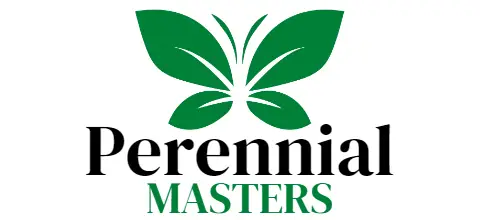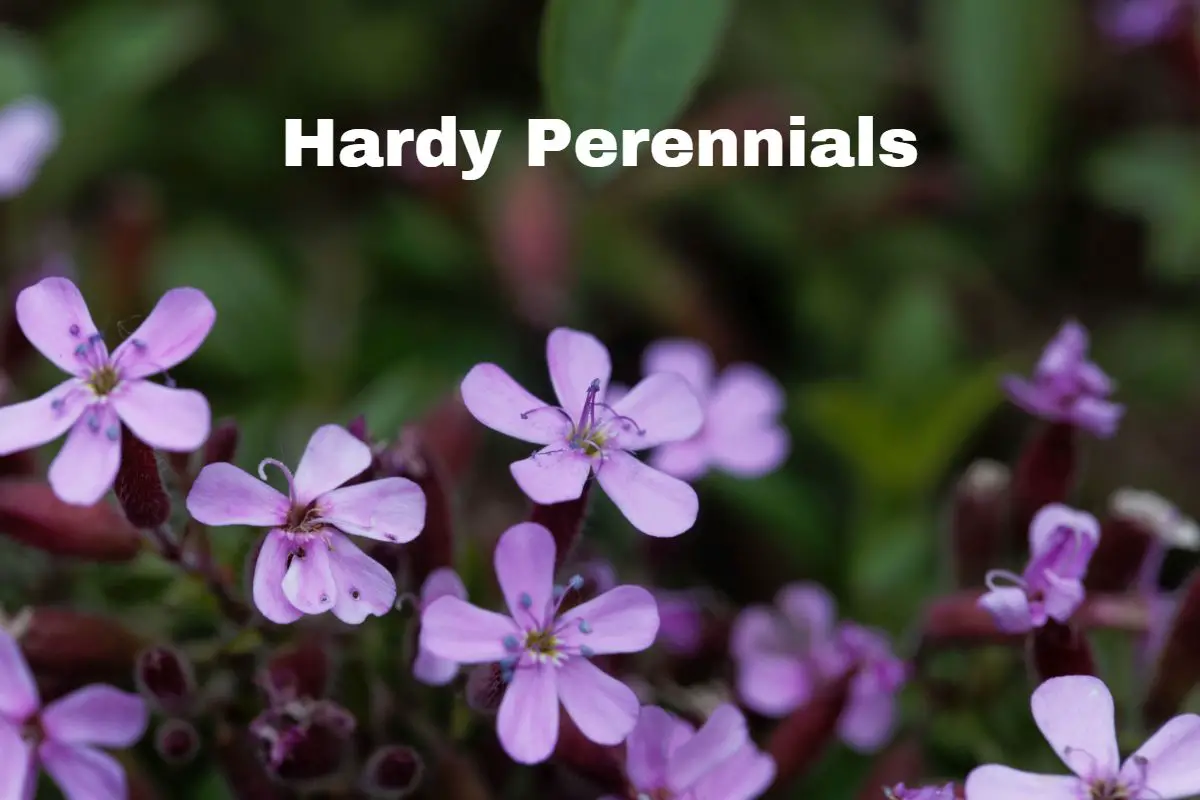Perennials come in all shapes and sizes, colors, and hardiness levels. Besides beautiful blooms, many have attractive foliage that is great for ground cover, borders, and backdrops.
Hardy perennials live up to their name. Being able to endure difficult conditions such as freezing temperatures makes these plants a good choice for almost anywhere in the contiguous United States and many other places around the world.
Table of Contents
Perennials That are Hardy
Plants are considered hardy by their ability to survive through the winter. Some great hardy perennials to mention are cardinal flowers, lily of the valley, spiderwort, Lamium, viburnum, and blue flag irises. Many of these hardy perennials are also drought tolerant, deer resistant, and can survive in less than optimal soil conditions.
With all the considerations used when selecting perennials, choosing perennials that are hardy in your growing zone is one of the most necessary.
Today we will be discussing perennials that perform different functions in your garden and have different light requirements. They will all be hardy from zone 3 and up for most gardens depending on the specific conditions.
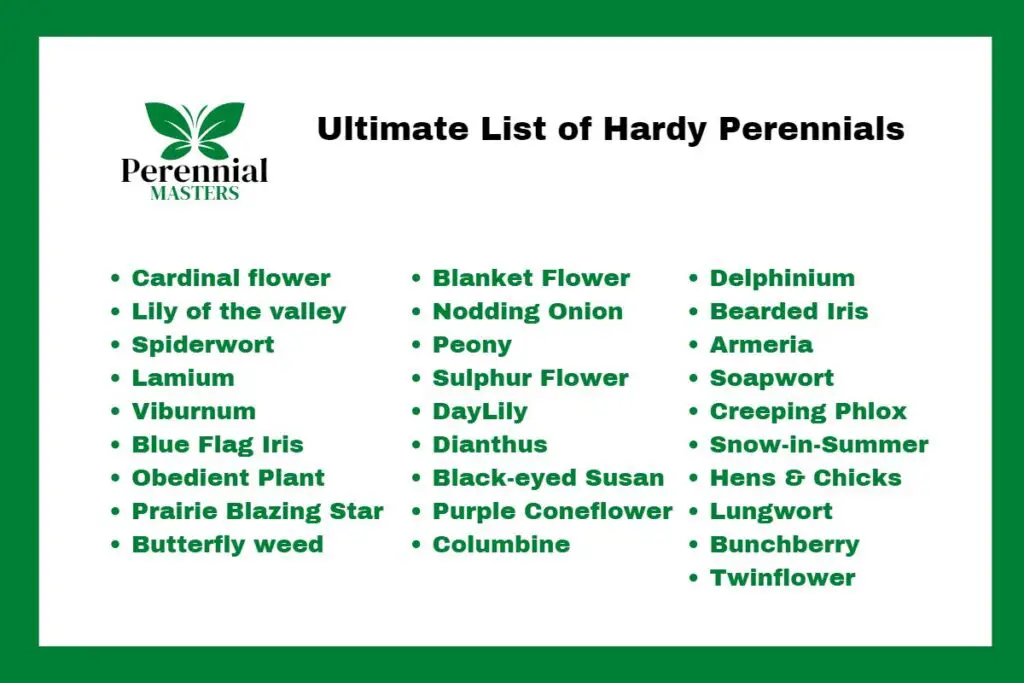
Half-Hardy Perennials
Along with annuals and biennials, perennials can be classified as hardy, half-hardy, and tender. Often, half-hardy and tender perennials are grown as annuals, especially in colder climates.
Whether a plant is hardy, half-hardy, or tender depends on your growing zone and specific microclimate. A hardy plant in zone 7 will be half-hardy in zone 5 or 6.
Always an important factor when growing perennials is the type of soil used. Soil that has good airflow, and drains well, improves the chances that your perennial will survive the freezing temperatures of winter.
When you want to display perennial plants that are not hardy in your growing zone, containers are an excellent choice. Cold frames and greenhouses also allow you to use these beautiful plants that may not survive over winter on their own.
Want to learn more about perennials? Check out Do Perennials Come Back Every Year
Native Perennials
Naturally occurring perennials are a great choice for gardens. Many of these native plants and hybrids are available at your local nursery. Not only do these plants perform well with the usual care given to the rest of the plants in your garden, but they are great for pollinators and other beneficial wildlife.
While these plants are less maintenance than non-native plants because of their ability to adapt to changes in the environment like temperature and rainfall fluctuations, they still need proper light conditions and soil preparation.
Also, just because they are native to North America doesn’t mean they will be hardy in all regions, so make sure to check before planting.
The best thing about planting native perennials is their benefits to the environment at large. Many butterflies, moths, bees, and other pollinators are dependent on these particular species of plants to survive. They also attract hummingbirds and songbirds. They are perfect for pollinator gardens.
Hardy Perennials for Shade
When you have large trees and tall fences like I do then you probably have a lot of shade. Fortunately, there are many shade-loving perennials to choose from.
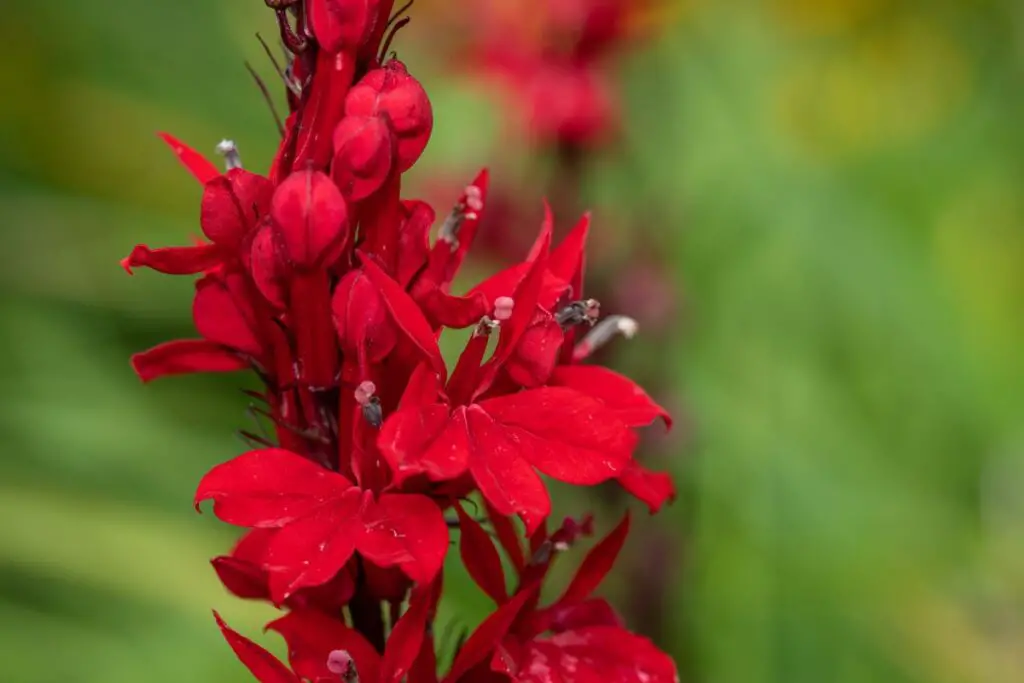
Cardinal Flower (Lobelia cardinalis)
Are cardinal flowers hardy? These plants are very hardy and, in most regions, do not require any special preparation over winter. However, wait until spring to cut the stalks, and do not cut them in the fall.
While this beautifully flowering perennial does well with a fair amount of sun, it is great for shady areas as well. The Cardinal flower enjoys constantly moist soil and works well with shallow water gardens.
This herbaceous perennial is easily propagated and blooms for weeks. Although the individual plants are short-lived, they readily reseed themselves. When mature, the plant will form basal clumps which can be divided to help extend their longevity and give you new plants to place in your garden.
The warmer the region where they are planted, the more shade they will tolerate. These plants are good for border areas between full sun and shade. Pair it with other moisture-loving plants. When planting cardinal flowers expect to see hummingbirds because they love their flowers!
Best conditions.
- Growing zones 3-9
- Full sun to part shade
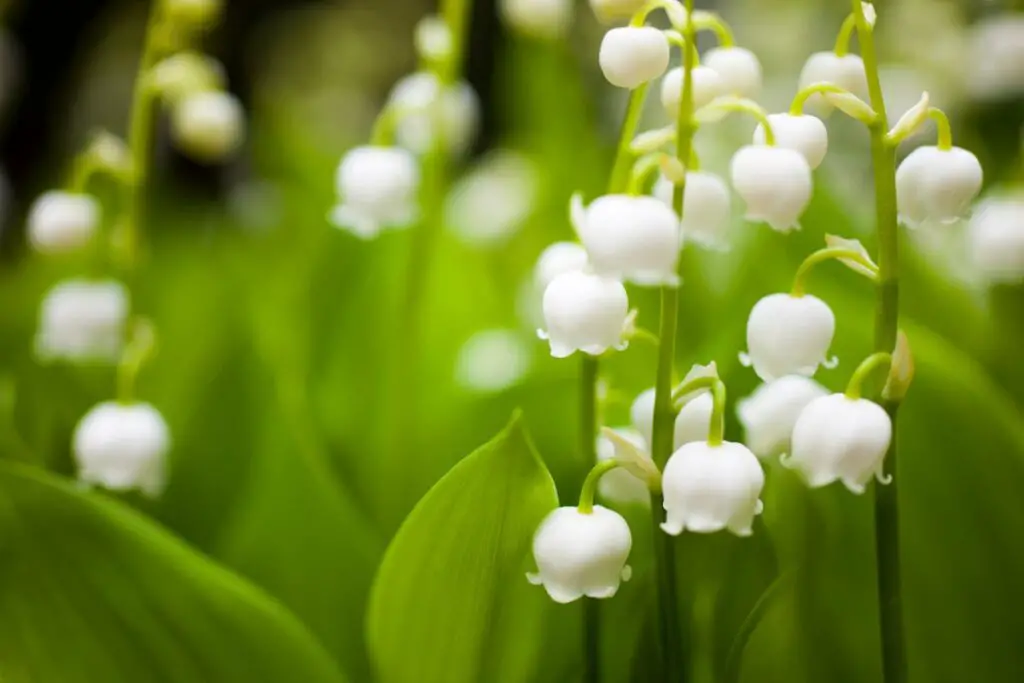
Lily of the Valley
Is lily of the valley hardy? The lily of the valley is another moisture-loving shade perennial. It is also very hardy and propagates easily.
The rhizomatous root system can be very aggressive, which makes these plants easy to grow. They grow so well that you will want to keep these plants in check to make sure they don’t take over where they aren’t wanted.
With their attractive foliage, these plants make a great ground cover for shady areas. They bloom for several weeks in April and May, showcasing beautiful white flowers that are wonderfully fragrant.
Lily of the valley, despite its name, is not a true lily. Rather, it is a member of the asparagus family. All parts of the plant are poisonous and they are deer and rabbit-resistant.
Best conditions.
- Growing Zones 2-7
- Partial to full shade
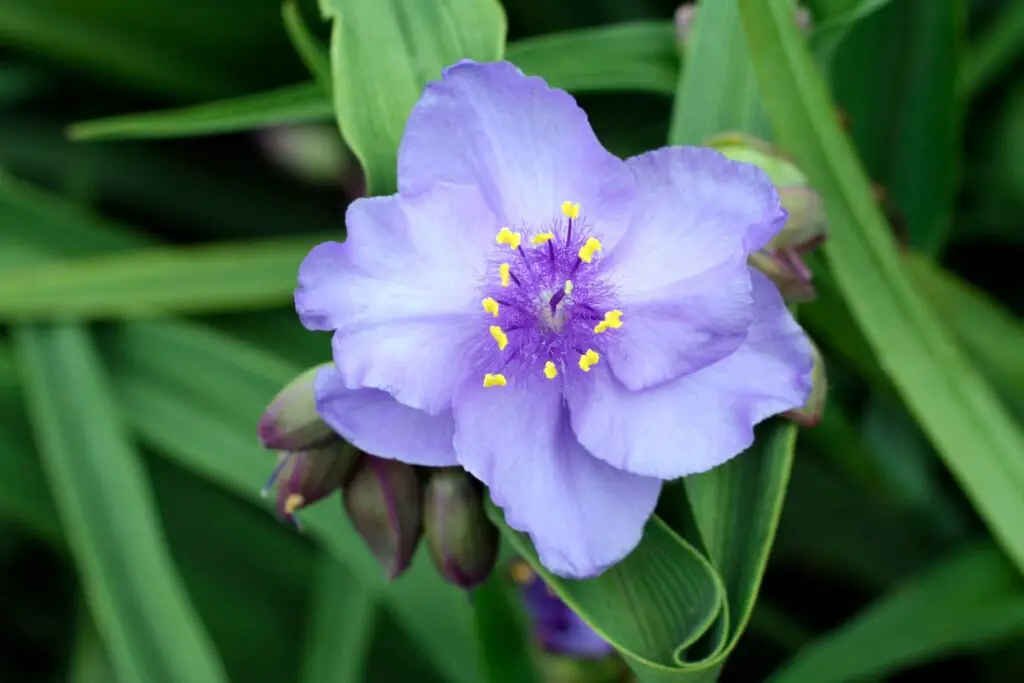
Spiderwort
Is spiderwort hady? Yes. This very hardy and native perennial is a good choice in gardens for so many reasons.
Propagation is easily done from division, seeds, or stem cuttings.
The blue-to-purplish flowers of the spiderwort open in the morning and by afternoon they melt away, lasting for only one day. What they lack in longevity, they make up for in number with blooms that can last for months.
Best conditions.
- Growing Zones 4-9
- Partial shade
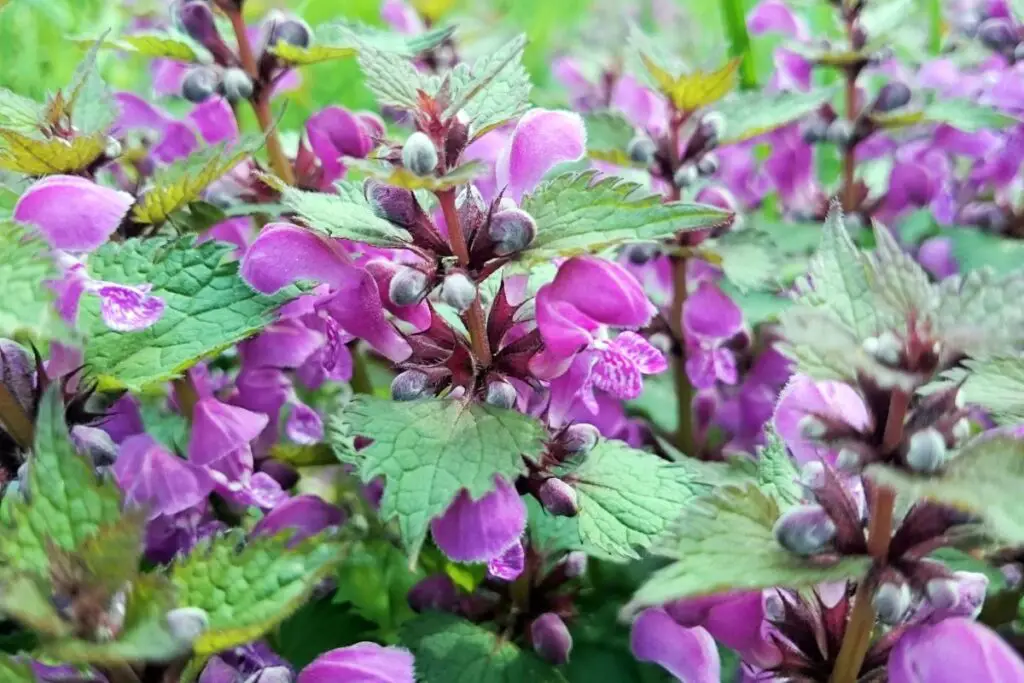
Lamium
Lamium, or spotted dead nettle, is a very hardy plant that remains mostly evergreen in zones 6-8. It is a low-growing plant, often used for ground cover.
There are many different varieties of Lamium, and while all of them are fast-growing, some of them can be much too aggressive. This is especially true in moist, fertile soil.
Best conditions.
- Growing Zones 3-9
- Partial to full shade
Hardy Perennials for Sun
Odds are that not all of your garden or yard is shaded throughout the day. Here are some very hardy perennials that love the sun and that you should consider for your garden.
Viburnum
Viburnum can be grown as a shrub or small tree. The number of species and named cultivars for viburnum is immense. Choosing these plants for your garden or landscape should be done carefully as they grow in many sizes.
The hardiness level will also fluctuate between species and cultivars. Not to be confused with hydrangeas, viburnum also produces large balls of flowers. Viburnum, however, will bloom 2-3 months before hydrangeas.
Another way to tell these two apart is the height of the plant. Hydrangeas will mature at a height of 4-6 feet, while viburnum will grow 67-10 feet tall.
Once established, viburnums are very low-maintenance. If you’re looking for an especially hardy viburnum, try the ‘nannyberry’ (Viburnum lentago).
Best conditions.
- Growing Zones 2-8
- Partial shade to full sun
Blue Flag Iris
The blue flag iris is a beautifully blooming perennial that is native to the wetlands of the northeastern United States. When looking for a hardy flowering perennial to add to your garden, the Northern blue flag iris is hard to beat.
One of the things that make the blooms of irises like the blue flag iris so appealing is the three colored sepals below the three petals. The flowers are fragrant and they prefer moist soil.
- Growing Zones 3-6
- Full to partial sun
Obedient Plant
The obedient plant, or false dragonhead, is a native hardy perennial from the mint family. It grows 3-4 feet tall and will span 2-3 feet across.
They like well-draining, slightly acidic soil and their rhizomatous root system can be fairly aggressive. They are easily grown from seed and will self-seed towards the end of the growing season.
Deadheading the first flowers can bring on a second flush of blooms and help keep them from reseeding and reduce the number of plants ending up in places where they are not wanted.
Best conditions.
- Growing Zones 3-10
- Full sun
Prairie Blazing Star (Liatris pycnostachya)
Blazing star is a native prairie plant that is very hardy and grows well in poor soil conditions. Late summer blooms can add a splash of color to your garden after many plants have faded under the hot summer sun.
These plants can be propagated from division which will also help with overcrowding. They can also be grown from seed. This herbaceous perennial can reach up to 5 feet tall and tolerates a wide range of soil conditions and pH levels.
Other common names for the plant are prairie gayfeather and cat-tail blazing star. Use this plant to attract pollinators to your garden.
Best conditions.
- Growing Zones 3-9
- Full sun
See our Ultimate Guide for Liatris
Butterfly weed (Asclepias tuberosa)
Native to the eastern and southeastern United States is the hardy, flowering perennial known as butterfly weed. Because butterfly weed has a deep taproot, it is most easily grown from seed.
Mature plants grow from 1-2 feet tall and 12-18 inches wide. They are very drought tolerant. The plant stems should be removed in late fall to prevent self-seeding.
The long-lasting, orange blooms contrast nicely with the dark green foliage. It attracts many beneficial insects such as various bees and is also a larval host for many butterflies including the monarch.
Best conditions.
- Growing Zones 3-9
- Full sun
Blanket Flower
If you’re a wildflower lover, or you happen to live where there are a lot of wildflowers around, chances are you’ve seen the blanket flower. These plants are native to many areas of North America and the hardiness level will vary by type.
Blanket flowers are very low-maintenance once they are established. When planted from seed in the garden, they won’t flower the first year and they are short-lived, lasting only a couple of seasons.
Dividing them can help them stick around a little longer. Mature plants will reach a height of 2-3 feet and will grow 1-2 feet wide.
Best conditions.
- Growing Zones 3-10
- Full sun
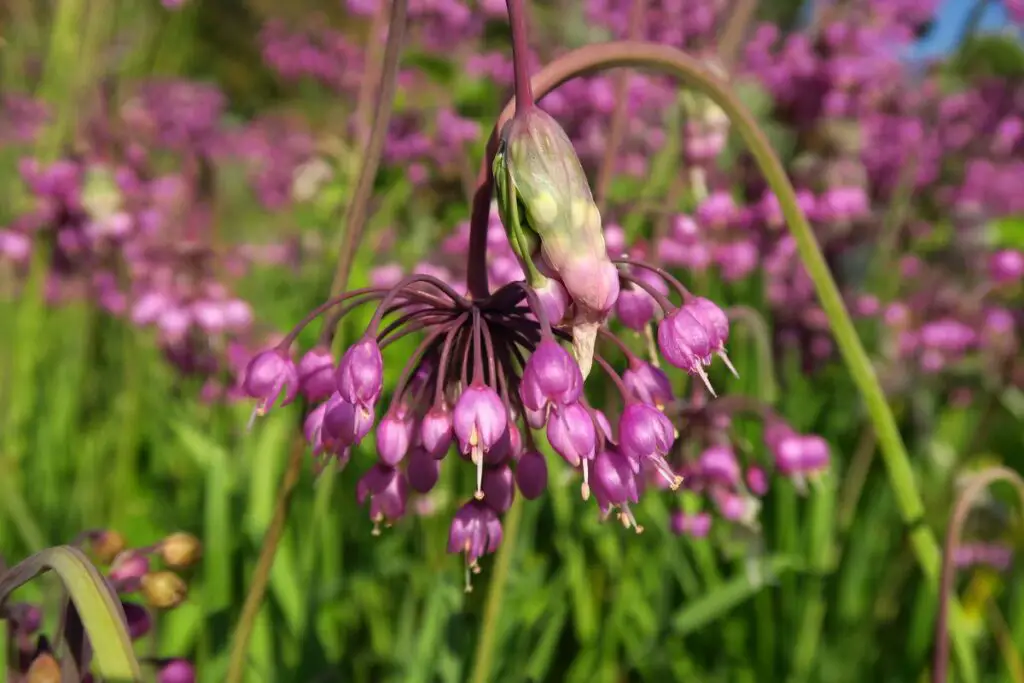
More Full Sun Perennials Hardy in Zone 3 & Up
Here is a list of full-sun perennials that will transform your garden into a stunning arrangement. Many of these hardy perennials can be planted together and make great companion plants.
| Plant | Growing Zone | Light Requirement |
| Nodding Onion | 3-8 | Full sun to partial shade |
| Peony | 3-8 | Full sun |
| Sulphur Flower | 3-8 | Full sun to partial shade |
| DayLily | 3-9 | Full Sun |
| Dianthus | 3-9 | Full sun to partial shade |
| Black-eyed Susan | 3-9 | Full sun |
| Purple Coneflower | 3-9 | Full sun |
| Columbine | 3-9 | Partial sun |
| Delphinium | 3-7 | Full sun to partial shade |
| Bearded Iris | 3-9 | Full sun to partial shade |
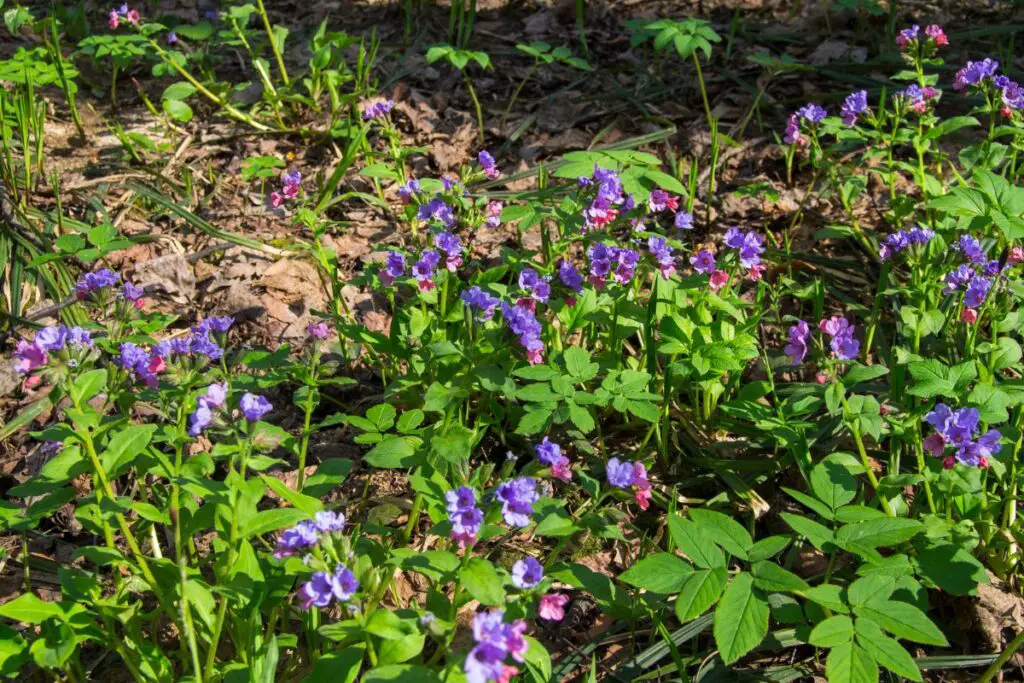
Ground Cover Plants Hardy in Zones 3 & Up
Ground cover can make your garden really stand out. By adding a little bit of ground cover you can blanket ground areas of your garden with awesome-looking hardy perennials!
| Plant | Growing Zones | Light Requirement |
| Armeria | 3-10 | Full sun |
| Soapwort | 3-8 | Full sun to partial shade |
| Creeping Phlox | 3-9 | Full sun |
| Snow-in-Summer | 3-7 | Full sun |
| Hens & Chicks | 3-8 | Full sun |
| Lungwort | 3-8 | Partial to full shade |
| Bunchberry | 2-7 | Partial to full shade |
| Twinflower | 1-5 | Partial to full shade |
Ground cover can be great looking and in some cases beneficial. If you have been considering adding ground cover, then you may want to consider using hardy perennial ground cover, because they grow strong, and come back every year.
Interested in perennials that bloom during the summer? Check out 29 Perennials That Bloom All Summer
Final Thoughts
The great thing about perennials is that there is always going to be something for everyone. Even if you have specific needs for your garden or area that you want to transform, perennials stand out as one of the best choices for longevity, hardiness, and flexibility.
I hope this information is helpful for anyone who is inspired to start a new garden in a zone that requires hardy plants, and for those who are experienced but want something with more longevity in their garden!
